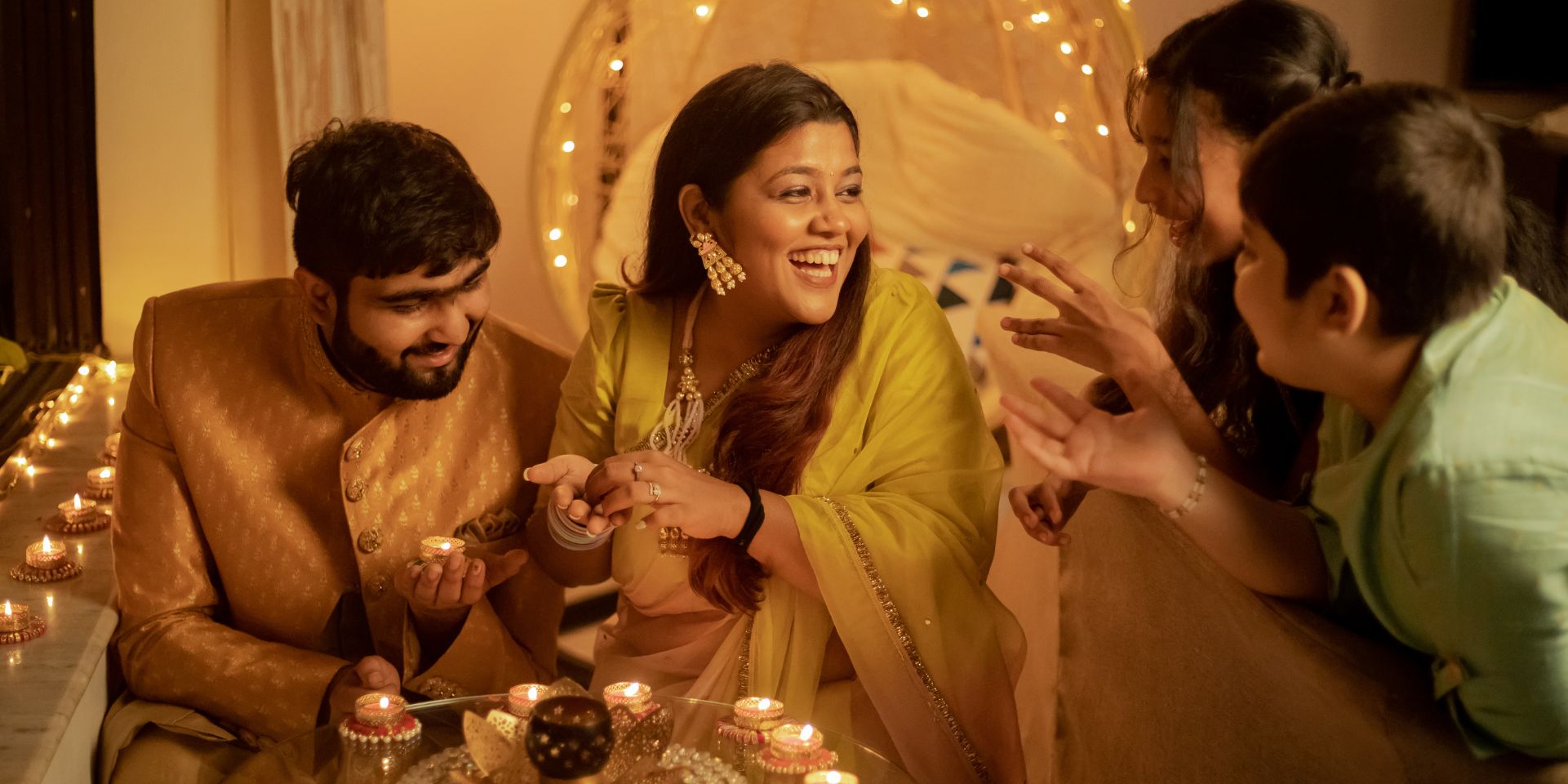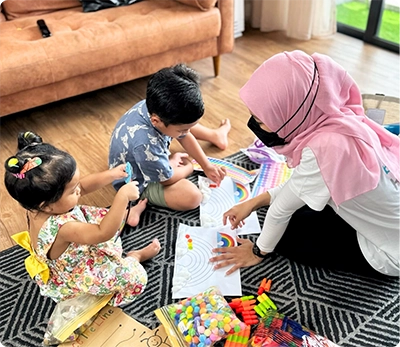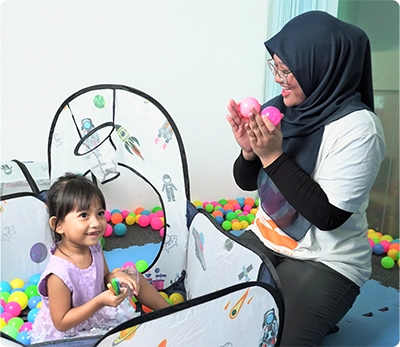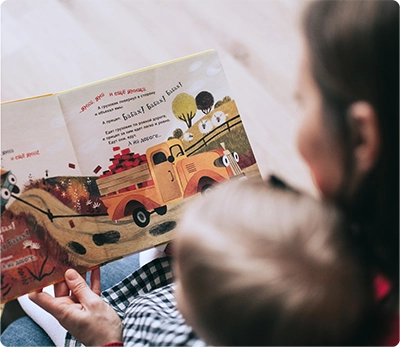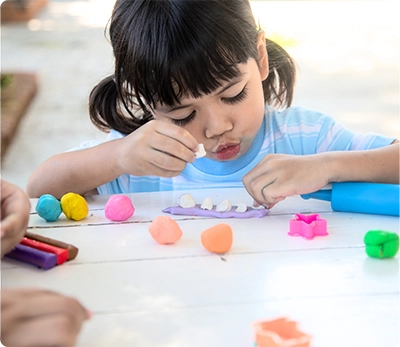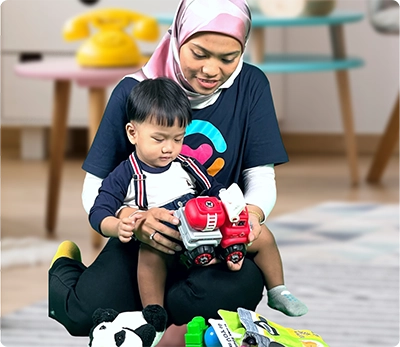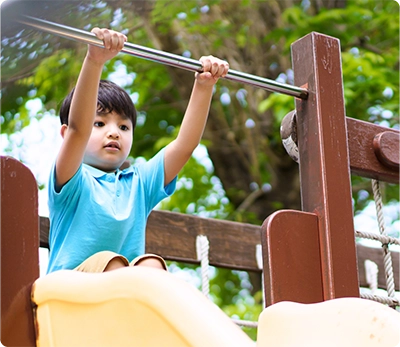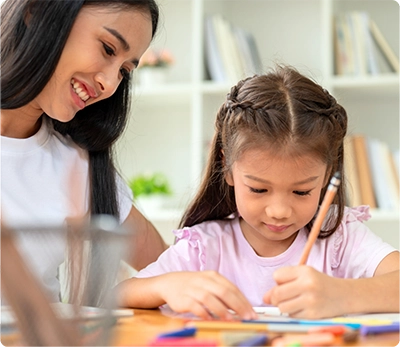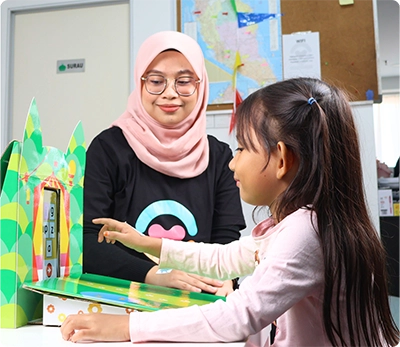Unlocking the Traditions and Customs of Deepavali With Your Children
Deepavali, or also known as Diwali, is one of the most celebrated festivals in the world. It is a vibrant and significant occasion celebrated by millions of people around the world. Just like Eid al-Fitr for the Muslims or Lunar New Year for the Chinese community, it is a time where families come together for feasts, homes to be adorned with colorful decorations and a hullabaloo of fireworks to fill the night.
We cannot deny that Deepavali is a beautiful festival in itself, just look at the celebration at Batu Caves, Kuala Lumpur. The vibrant colors and the atmosphere of unity and joy create a spectacle that truly encapsulates the spirit of this significant festival.
As unique as it sounds, as a Malaysian, we celebrate each and every festival we have. We appreciate the multitude of festivals and respect every race and culture there is, knowing that the core integrity of our country lies in the beauty of our people itself.
Hence, it would be meaningful to involve your children in exploring Deepavali’s traditions and customs with children. Let’s take a journey into the heart of Deepavali and explore the rich customs and rituals that make this festival so special.
Festival of Lights
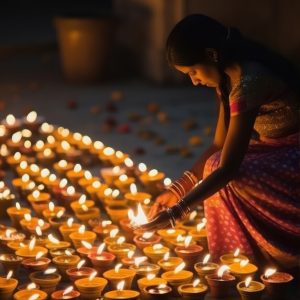
Deepavali derives its name from the row (avali) of clay lamps (deepa) that Indians light around or outside of their homes to symbolize the inner light that illuminates homes and streets during the celebration. protects from spiritual darkness.
The act of lighting lamps and even sometimes, bursting crackers during Deepavali is a poignant reminder that even in the darkest of times, a single spark of hope and goodness can illuminate our lives. It sends a message that when everything turns dark, you should keep going. Why? Because the light at the end of the tunnel awaits you.
You can involve your children by letting them help you light lamps or candles and explain the significance of this act. By letting your children involve in this, you are not only including them in a cultural practice but also imparting a timeless lesson. Take a moment to explain to them the profound symbolism of these lights; that the festival becomes a powerful metaphor for the triumph of positive values, making the occasion a celebration of enlightenment, unity, and the victory of human spirit.
Rangoli Art
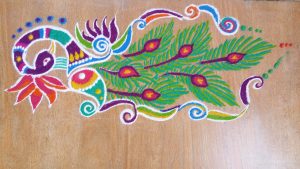
When you visit a mall recently, have you ever come across colourful flower-like patterns on the ground? Did you recall any of those? If you have, then that’s called the Rangoli art.
Rangoli is an ancient art form originated from India. Derived from the Sanskrit word, Rangavalli, it means rows of colours that are drawn in the homes, courtyards and occasionally even on walls.
Similar to the art of Ketupat for Eid al-Fitr, the Rangoli art is for Diwali. It is believed that the Rangoli can help to develop meditative power while also thought to bring good luck and help guide Lakshmi to their homes; the Hindu goddess of good fortune and wealth.
Encourage your children to design their own rangoli using vibrant colored powders, rice or flower petals. It is a creative and beautiful way to express the festive spirit. This will also help your children to express their ideas and thoughts creatively. Moreover, they will also focus and persevere when trying to learn to draw the Rangoli art because we all know it is by no means an easy feat as it involves such intrinsic complexity that make up every tiny detail.
The Legend of Ramayana
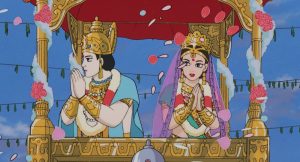
One of the most popular stories that has to do with Deepavali is the epic story of Ramayana. For those who have never heard of this story, it tells the story of Lord Rama, an exemplary prince and the seventh incarnation of Lord Vishnu, who is revered as the protector of righteousness and virtue. The whole story revolves around a grand adventure and a fierce battle between good and evil that will surely entertain your children.
Not only will this story make your children enlightened, but it will also benefit them. The Ramayana is a treasure trove of moral lessons. Children can learn about the virtues of honesty, loyalty and righteousness through some of the characters. The story should encourage your children to embrace these qualities in their own lives.
As explained above, the central theme takes place in the battle between good and evil. By hearing this story, it gives you a message to your children that good and evil are two separate things. They can distinguish what is right and wrong clearly. It can also understand the consequences of their actions.
The Legend of Ramayana also integrates Indian culture where children can gain an appreciation for cultural diversity and different belief systems. As Malaysians, every child, regardless of background or race, should listen to this story once as it fosters understanding and unity within our diverse society.
Anything that is Creative
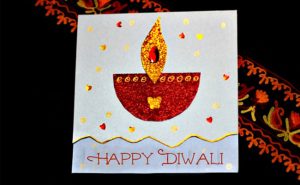
Deepavali is a festival that celebrates creativity. It provides an ideal platform to foster their artistic expression and imaginative capabilities. Involve your children in making paper lanterns, decorating diyas (lamps) or creating their own Deepavali cards. This can help them with an outlet to express themselves. It unleashes their creativity, allowing them to manifest their emotions and ideas. It will come as therapeutic and fulfilling for children as they see their creative visions come to life.
Creative activities also cultivate imagination. Children are encouraged to think outside of the box, experiment with a lot of things including colours, shapes and materials and envision unique creations. This can help for their cognitive development.
Whether you are a Malay, Chinese or Indian, Deepavali provides a canvas for children to explore and paint their own artistic narratives. Encouraging their creativity during this festival not only enriches their artistic abilities but also deepens their cultural connection, increases their fine motor skills and nurtures their imaginative potential. It becomes a self-discovery for children, fostering a love for creativity that can last a lifetime.
Wishing you and your loved ones a luminous and joy-filled Deepavali. May this festival of lights illuminate your path with prosperity, positivity, and boundless happiness.
Written by:
Ian Firdaus
References:
https://theculturetrip.com/asia/india/articles/5-diwali-customs-and-traditions-you-should-know-about
https://www.nytimes.com/2021/11/04/style/rangoli-art-diwali.html
https://artsandculture.google.com/story/rangoli-for-diwali/sQWxwh-VUtKR3A?hl=en

